No description yet: Can you help?
Bus Terminal
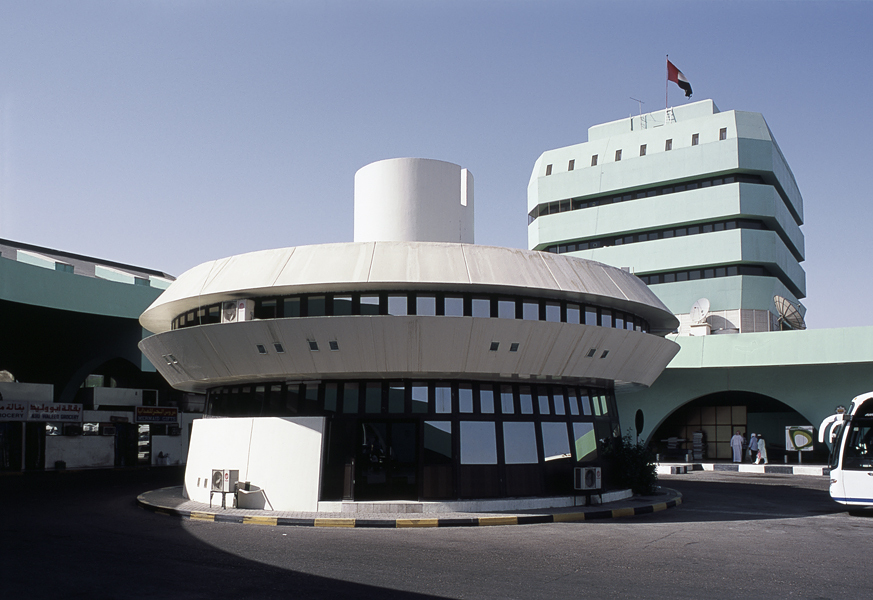

No description yet: Can you help?
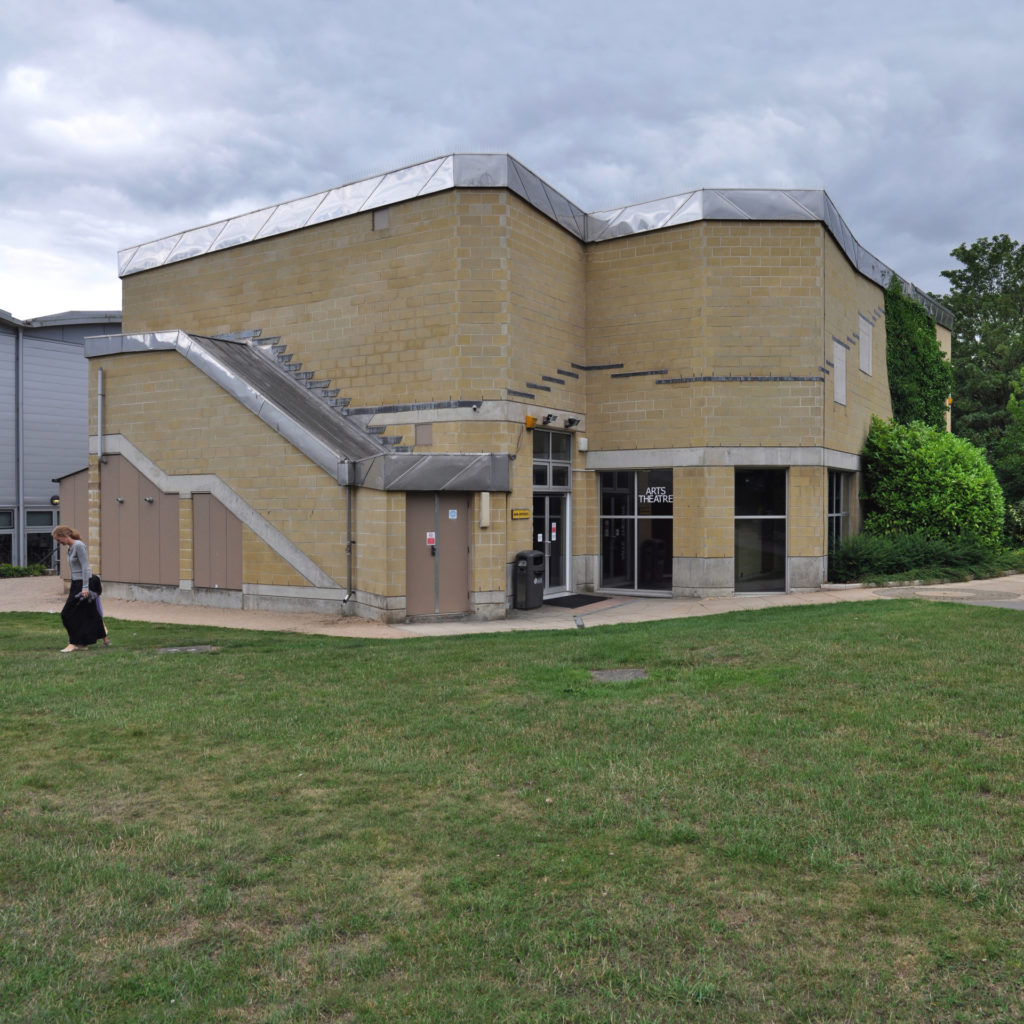
No description yet: Can you help?

An excellent example of the utopian socialist buildings of former Tito-Yugoslavia, far from the boring and uninspired socialist prefab-building of the late 1980’s. The Department store forms a complete center with piazza and different urban situat…

No description yet: Can you help?
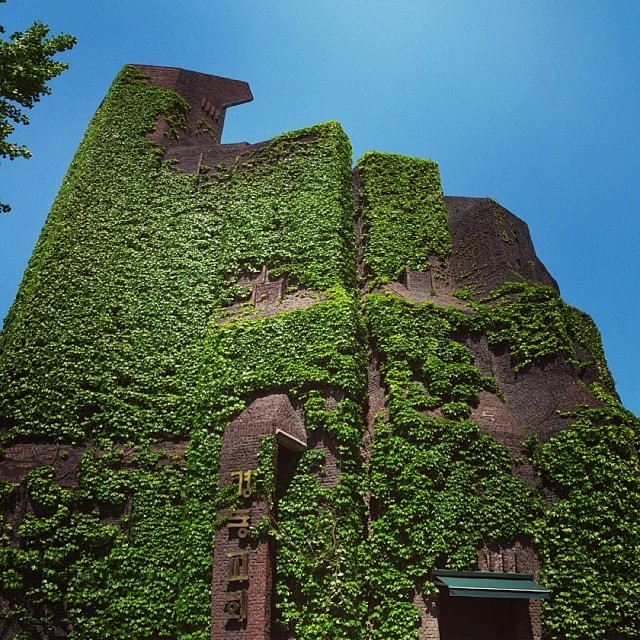
No description yet: Can you help?
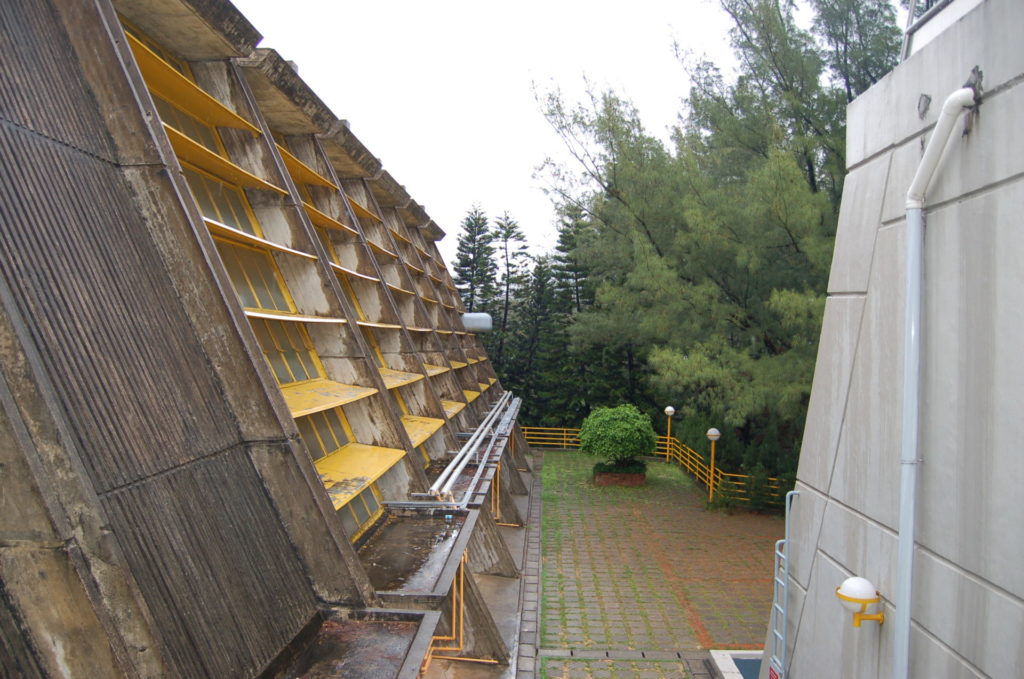
St Stephen’s College is the largest secondary school in Hongkong and dates back to 1903. The Special Room Block was added in 1980 and mostly executed in exposed concrete by the architect Tao Ho from Hongkong. It consists of four building units, in…
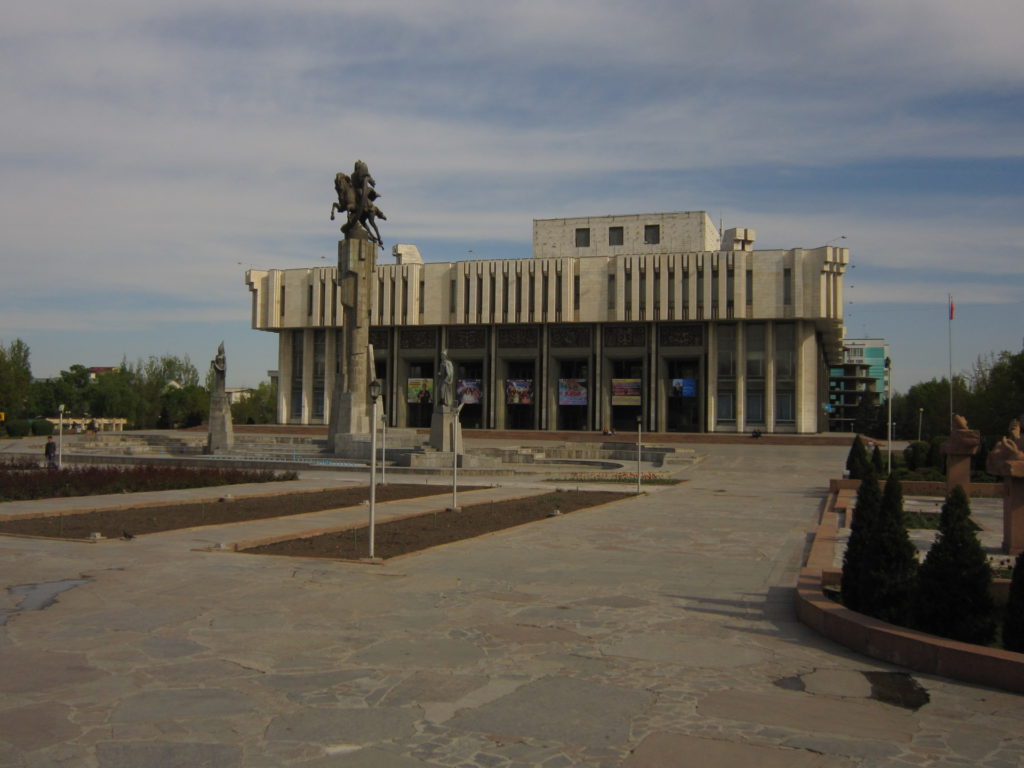
No description yet: Can you help?
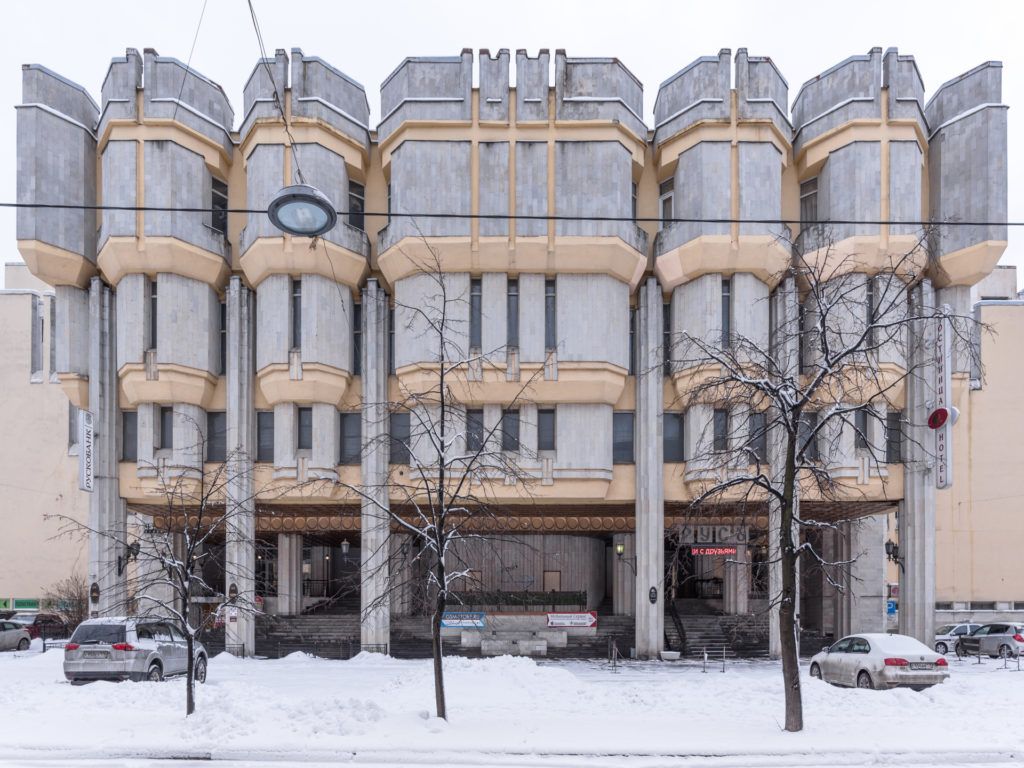
The megalomaniac construction of this hotel appears Brutalist in its nature though it is combined with a stone wall and partial yellow plaster. The façade has a certain Baroque feeling to it.
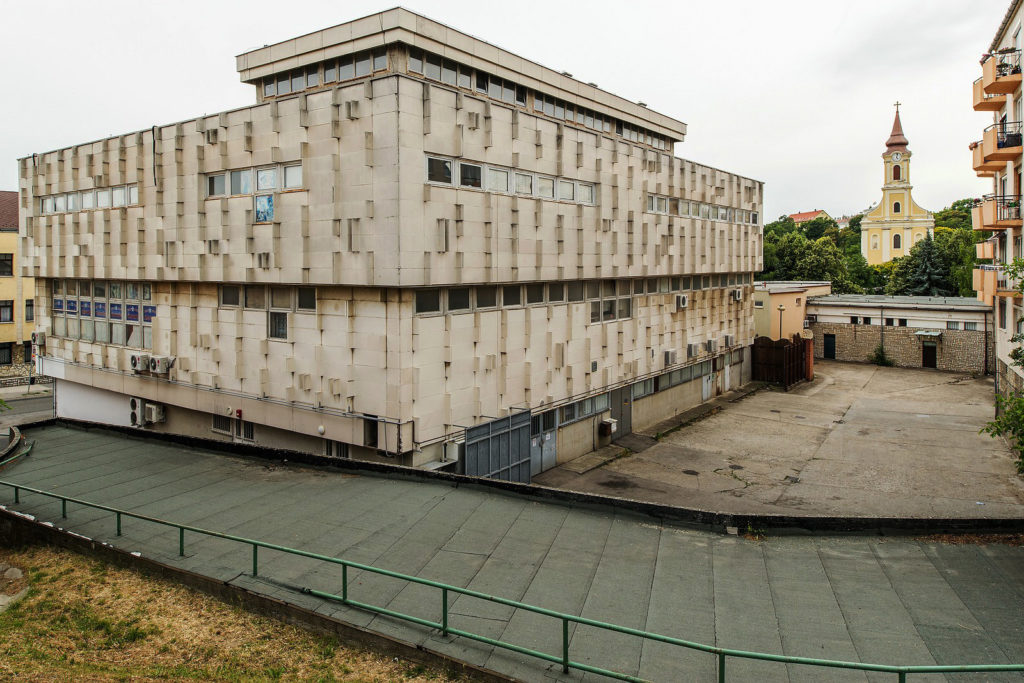
No description yet: Can you help?
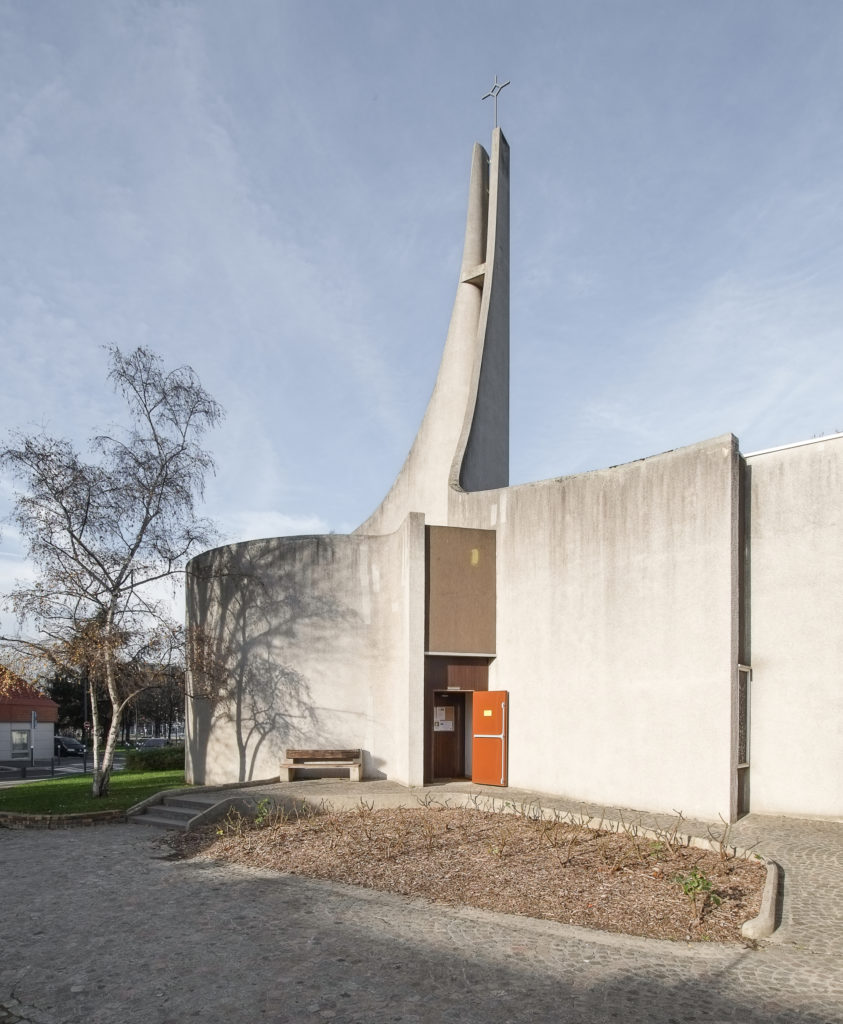
No description yet: Can you help?

Redwood National Park comprises a region of coastal mountains bordering the Pacific Ocean north of San Francisco. It is covered with a magnificent forest of coastal redwood trees, the tallest and most impressive trees in the world. The marine and land l…

The Ichkeul lake and wetland are a major stopover point for hundreds of thousands of migrating birds, such as ducks, geese, storks and pink flamingoes, who come to feed and nest there. Ichkeul is the last remaining lake in a chain that once extended acr…

An oasis in the Syrian desert, north-east of Damascus, Palmyra contains the monumental ruins of a great city that was one of the most important cultural centres of the ancient world. From the 1st to the 2nd century, the art and architecture of Palmyra, …

Bosra, once the capital of the Roman province of Arabia, was an important stopover on the ancient caravan route to Mecca. A magnificent 2nd-century Roman theatre, early Christian ruins and several mosques are found within its great walls.

During the Warsaw Uprising in August 1944, more than 85% of Warsaw’s historic centre was destroyed by Nazi troops. After the war, a five-year reconstruction campaign by its citizens resulted in today’s meticulous restoration of the Old Town, with its ch…

Magnificent examples of 17th- and 18th-century military architecture, these Panamanian forts on the Caribbean coast form part of the defence system built by the Spanish Crown to protect transatlantic trade.

The Buddhist monastic complex of Takht-i-Bahi (Throne of Origins) was founded in the early 1st century. Owing to its location on the crest of a high hill, it escaped successive invasions and is still exceptionally well preserved. Nearby are the ruins of…

From the ancient Neolithic tumulus of Saraikala to the ramparts of Sirkap (2nd century B.C.) and the city of Sirsukh (1st century A.D.), Taxila illustrates the different stages in the development of a city on the Indus that was alternately influenced by…

The ruins of the huge city of Moenjodaro – built entirely of unbaked brick in the 3rd millennium B.C. – lie in the Indus valley. The acropolis, set on high embankments, the ramparts, and the lower town, which is laid out according to strict …

Røros Mining Town and the Circumference is linked to the copper mines, established in the 17th century and exploited for 333 years until 1977. The site comprises the Town and its industrial-rural cultural landscapes; Femundshytta, a smelter with its as…